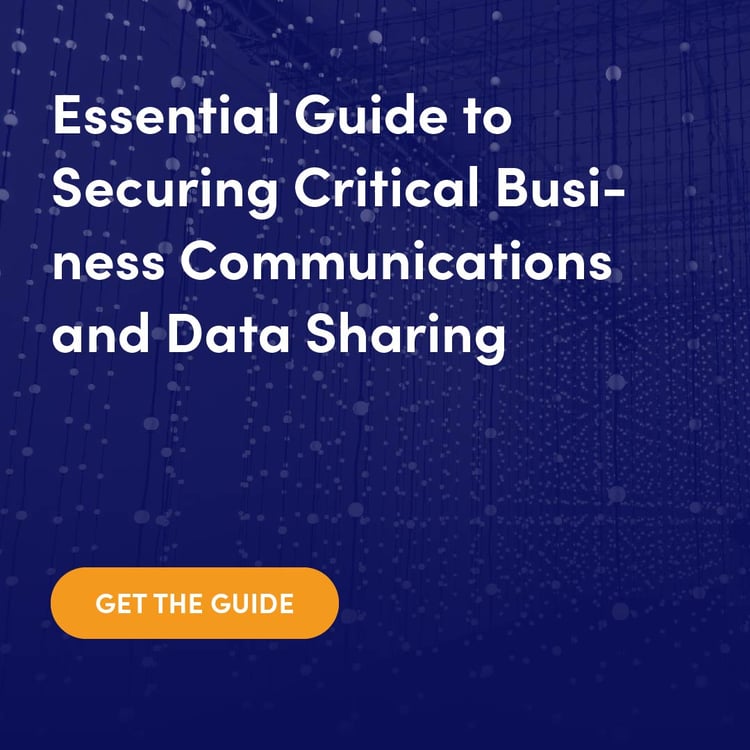In today’s digital landscape, securing communications has emerged as a formidable challenge, often compounded by high costs associated with advanced tools and technologies. As businesses strive to protect vital information, many leaders grapple with the perception that robust security necessitates hefty investments in sophisticated software and hardware. However, a nuanced approach can yield substantial protective measures without breaking the bank. This article elucidates several strategies and best practices for achieving secure communications effectively and economically.
At the core of secure communications is the understanding of threat vectors and their potential impact. Cyber threats today can range from phishing schemes that trick users into compromising their credentials to more complex attacks such as Man-in-the-Middle (MitM) and ransomware incidents. Recognizing these threats paves the way for creating an environment where secure communications can flourish.
### 1. Educating Employees: The First Line of Defense
Human error remains a significant vulnerability in corporate security. Establishing a comprehensive training program for employees is paramount. Workshops on recognizing phishing attempts, the importance of strong passwords, and the correct handling of sensitive information can dramatically reduce risks. Incorporating simulations of phishing attacks allows employees to practice their skills, fostering a culture of vigilance around communication practices.
Moreover, employing a robust password policy can mitigate unauthorized access. Encourage the use of password managers, which can create complex passwords automatically and securely store them. Changing passwords regularly and enforcing two-factor authentication (2FA) can further enhance security by adding layers of protection.
### 2. Utilizing Open Source Solutions
A misconception exists that only expensive, proprietary software can provide adequate security. However, numerous open-source communication tools exist that offer strong encryption without the hefty price tag. Tools such as Signal and Wire are excellent for secure messaging, utilizing end-to-end encryption, meaning only the communicating users can read the messages. The use of open-source solutions not only saves costs but also allows for community-driven enhancements and transparency, which can further bolster security.
### 3. Establishing Secure Communication Channels
Selecting the right channels for communication is integral to maintaining security. Utilizing Virtual Private Networks (VPNs) can encrypt internet traffic, safeguarding sensitive data transmitted over less secure networks. This practice is particularly crucial for remote employees who often access corporate resources from potentially vulnerable locations.
In addition, adopting secure platforms for video conferencing—such as Zoom or Microsoft Teams—allows for encrypted communications in professional dialogue. Understanding and configuring privacy settings on these platforms can enhance their security potential. Implementing these secure channels can be both effective and economical, requiring existing resources rather than new purchases.
### 4. Implementing Data Encryption
Data encryption should be a fundamental component of any security strategy. When data is encrypted, it becomes unreadable to anyone who does not possess the decryption key. This technology can easily protect sensitive files shared over email or stored in cloud solutions, significantly diminishing the likelihood of unauthorized access.
Free tools exist, such as VeraCrypt or GPG, which allow individuals and businesses to encrypt files and communications without incurring costs. By utilizing these tools, organizations can safeguard intellectual property or sensitive customer data inexpensively.
### 5. Regular Audits and Assessments
Periodic security audits can be a valuable practice for identifying vulnerabilities within existing communication systems and processes. This process involves reviewing security policies, monitoring systems for unusual activity, and updating software regularly to patch any security flaws. A simple checklist approach can assist in this evaluation, focusing on aspects like data classification, user access levels, and incident response capabilities.
Scheduling these audits biannually can ensure that communication practices reflect the most current security protocols and adapt to evolving threats. Engaging employees in these assessments can also enhance their understanding and ownership of security practices.
### 6. Creating a Culture of Security
Fostering a culture of security within the organization is perhaps the most intangible yet pivotal strategy. This involves leadership promoting security awareness as a shared responsibility rather than relegating it solely to the IT department. Encouraging open discussions regarding security breaches or near-misses can demystify the topic, making it more approachable for all employees.
Implementing incentives for employees who contribute to maintaining security—such as identifying vulnerabilities or participating in training—can promote engagement and vigilance. A culture that prioritizes security encourages proactive behavior and reduces complacency.
### Conclusion
Implementing secure communications is indisputably a fundamental necessity in the contemporary business environment. However, achieving this does not necessitate financial overextension. By prioritizing employee education, leveraging open-source tools, utilizing secure channels, enforcing data encryption, conducting regular assessments, and fostering a culture of security, organizations can protect their communications effectively and economically. As cyber threats continue to evolve, a proactive and multifaceted approach will be indispensable in safeguarding valuable information assets against malicious incursions.








Leave a Comment